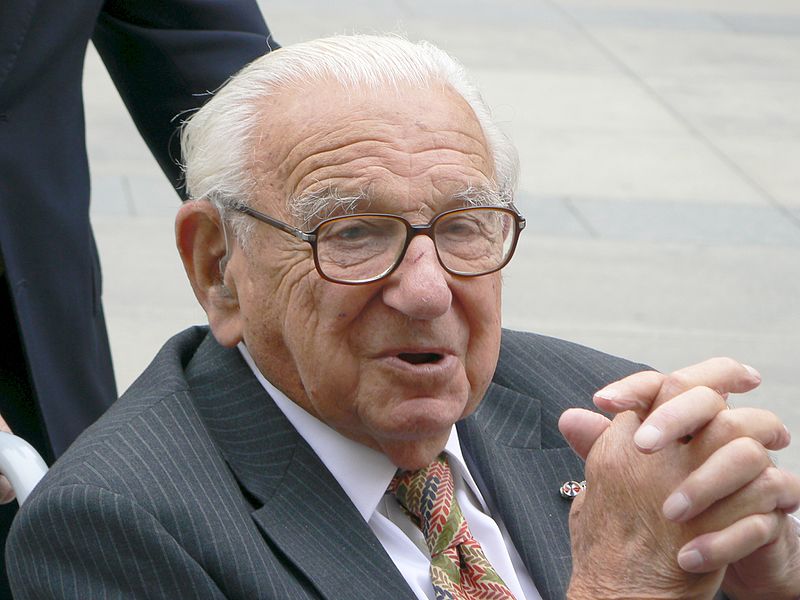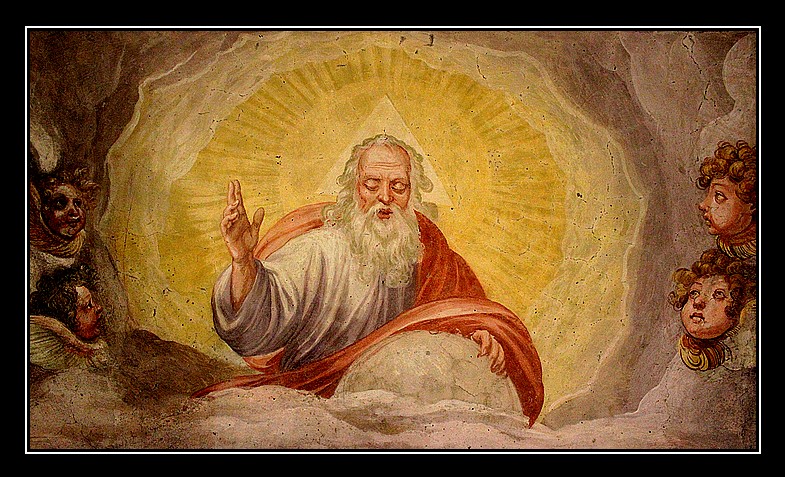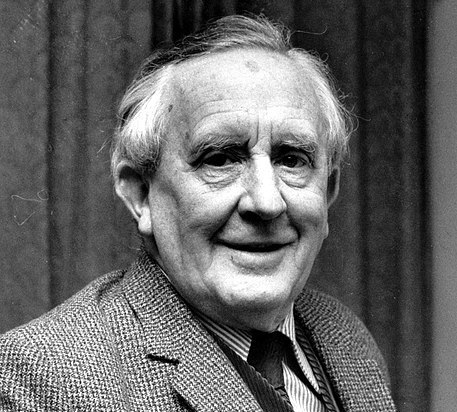The Sherlock Holmes story “The Adventure of the Priory School” concerns the Duke of Holdernesse and the kidnapping of his son, Lord Saltire. The family name of the duke is never given in the story, but Holmes mentions in “The Adventure of the Blanched Soldier” that his real title is Duke of Greyminster.
Greyminster calls to mind Lord Greystoke, the title of Tarzan’s father, John Clayton, in Edgar Rice Burroughs’ Tarzan adventures. Greystoke is marooned on the west coast of Africa while investigating a political intrigue there, and his wife gives birth to a son who becomes lord of the apes.
Is there a link here? Did Burroughs discreetly alter Clayton’s title from Greyminster to Greystoke in telling his story?
Writing in the Baker Street Journal in 1960, Princeton English professor H.W. Starr points out that John Clayton is also the name of the driver of the cab in which Stapleton trails Sir Henry and Dr. Mortimer in The Hound of the Baskervilles.
That’s an interesting coincidence. Can Tarzan’s father and the cab driver be the same man? No, the timing doesn’t work: Tarzan’s father was marooned in 1888 and never returned to England, and the John Clayton of Baskervilles appears at 221B Baker Street in 1889.
But the cabbie could be Tarzan’s grandfather. In the Tarzan stories, when Tarzan’s father disappears off Africa, the title passes to his younger brother (the cabbie’s other son, in our hypothesis), and we are told that that son bore a son of his own, William Cecil Clayton. William Cecil Clayton was 19 or 20 in 1909, similar to the age of Lord Saltire, the kidnapped son of the Duke of Holdernesse in “Priory.” Starr writes, “This seems too close a correspondence of facts to be mere coincidence.”
If all this is true, and assuming that Burroughs changed “Greyminster” to “Greystoke,” then John Clayton the cab driver is really the fifth Duke of Greyminster, father of two sons: John Clayton (“Lord Greystoke” in Burroughs’ rendering) and the “sixth Duke of Holdernesse” (in Doyle’s rendering). And the “Lord Saltire” who is kidnapped in “The Adventure of the Priory School” is the latter’s son, William Cecil Clayton, seventh Duke and the first cousin of John Clayton III, who is the eighth Duke of Greyminster and Tarzan of the Apes.
(All this might also help to explain Holmes’ whereabouts during his supposed death in the period 1891-1894 — possibly the British government had sent him to Africa to investigate Greystoke’s disappearance.)
(H.W. Starr, “A Case of Identity, or The Adventures of the Seven Claytons,” Baker Street Journal, New Series X, i, January 1960.)
Philip José Farmer hatched an even more elaborate theory in 1972.






